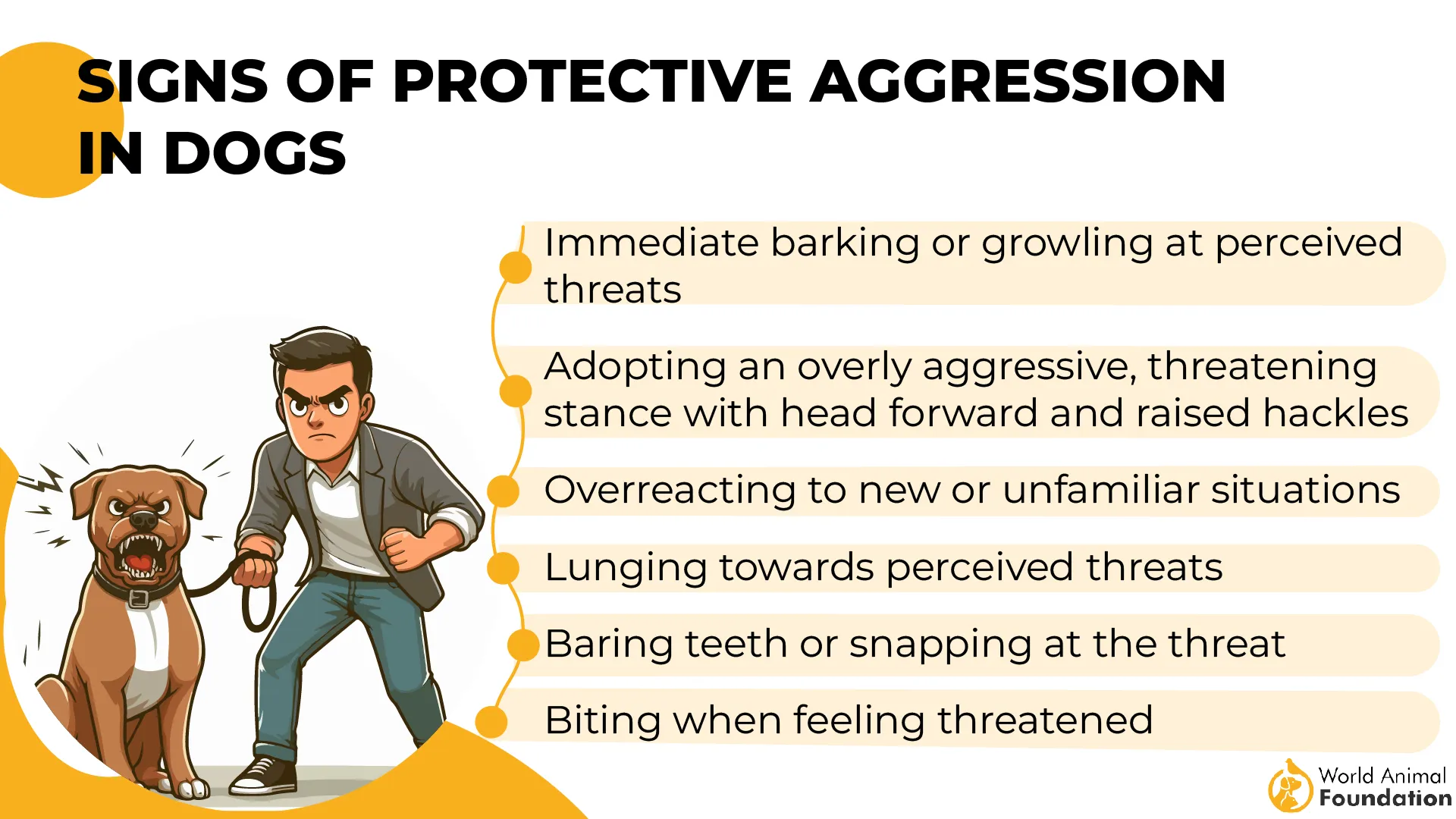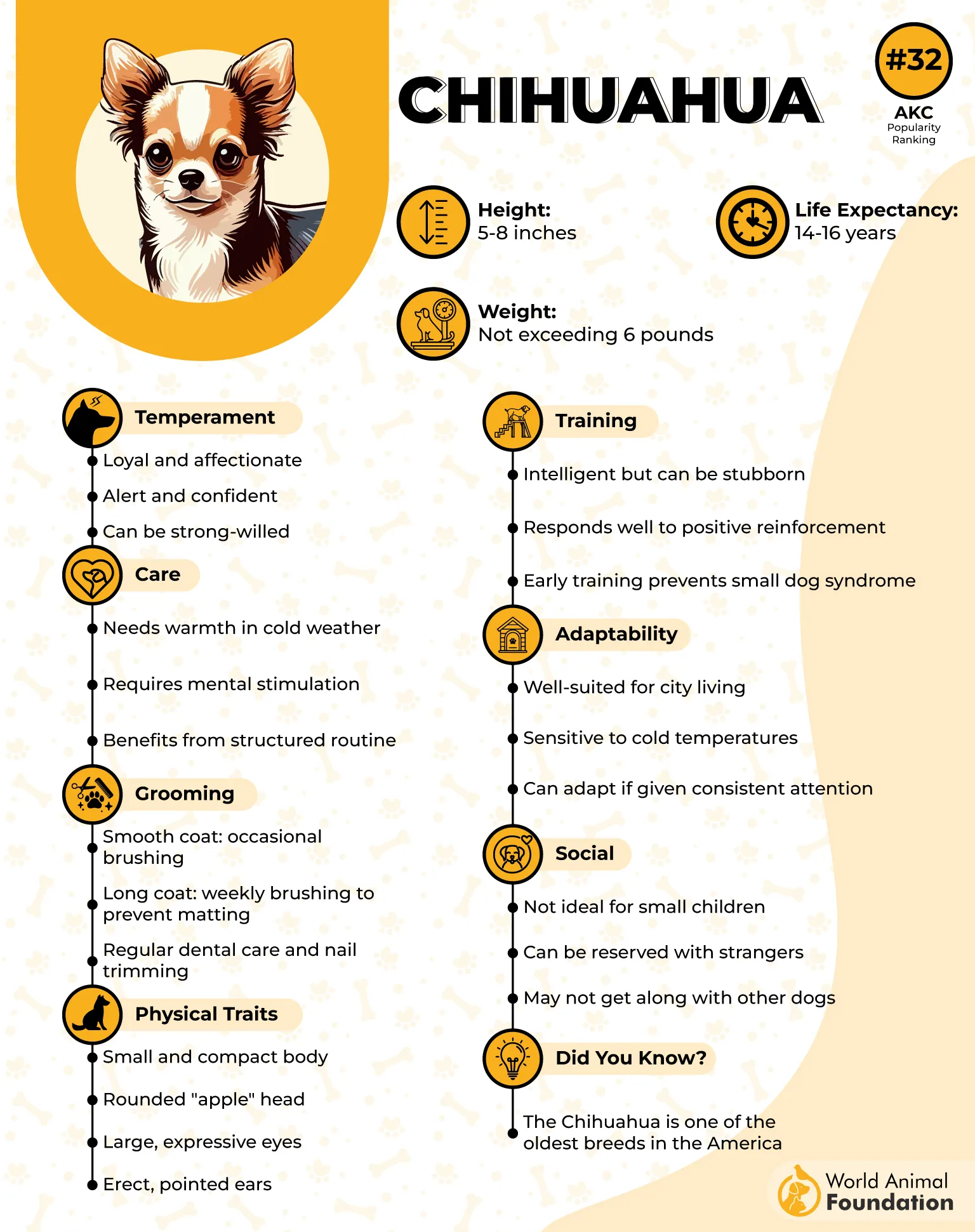It’s late. You’re tired. And just as you’re about to fall asleep—bark! bark! bark! Your dog spots a bug on the wall. Again. If this scene feels all too familiar, you’re not imagining it.
Some dogs are quick to react to even the smallest movement indoors. They’re not being dramatic—they’re being themselves. Certain breeds are naturally alert, highly visual, and fast to react to anything unusual.
That includes bugs. While some dogs ignore a flying insect, others treat it like a personal offense. These outbursts aren’t rare. In fact, they’re pretty predictable once you know what to look for.
In the list below, you’ll find the dog breeds that are most likely to bark at flying insects indoors—and why they’re so sensitive to such small distractions.
Dog Breeds That Bark At Flying Insects Indoors
1. Siberian Husky
Siberian Huskies are highly reactive to changes in their environment, especially quick movements or buzzing sounds. Their strong prey drive and alertness often trigger immediate vocal responses to flying insects. Even the faintest buzz is enough to catch their full attention indoors.
Vocal Nature That Responds Loudly
This breed is known for its vocal tendencies and expressive responses to disturbances. When triggered by something as small as a fly or gnat, their barking becomes noticeably sharp and persistent. Their reactions are loud and often directed at walls, windows, or ceilings.

Easily Bored, Quickly Engaged
Huskies need regular mental activity and interaction to stay content. A buzzing insect can offer the unexpected stimulation they crave inside the home. Their high energy combines with curiosity, turning the moment into an intense burst of dog barking and pacing.
Often Imitated, Rarely Ignored
Their loud and unpredictable responses usually catch attention from family members and even other dogs in the house. The combination of noise, movement, and their instinctive drive creates a unique type of chaos. In homes with active Huskies, flying insects never go unnoticed.
2. West Highland White Terrier
Westies are naturally alert and tuned into small environmental changes, including sound and motion. A fly or buzzing insect quickly becomes a perceived intruder in their territory. Their reaction is often immediate and loud, catching everyone off guard during quiet moments.
Chasing What They Can’t Catch
This breed tends to treat any moving object as a chase-worthy target, even indoors. They bark and dart at flying insects with focused intensity, circling the same spot until it’s gone. Their high energy and persistence make these reactions surprisingly long-lasting.
Terrier Instincts in Small Packages
As a terrier, the Westie retains strong prey-driven instincts that date back to its original role as a rodent hunter, as mentioned on PetMD. This deeply rooted trait explains the vocal outbursts triggered by anything that moves. Their dog’s behavior around insects mirrors that of animals trained for fast detection.
Why Redirection Isn’t Always Easy
Unlike many dogs that can be distracted or calmed, Westies often ignore initial attempts at behavior modification. Their stubborn streak shows when they’re locked onto a buzzing sound. Owners often report repeated barking episodes over a single bug for several minutes straight.
3. Border Collie
Border Collies have an incredibly sharp sense of awareness that kicks in the moment something moves or buzzes. Their high sensitivity to sound and motion makes them quick to react to flying insects inside the house. What follows is often a focused stare and alert barking.
Natural Instincts at Work Indoors
This breed has a strong herding drive that carries over to anything that disrupts the space. Even a single fly can trigger their need to “manage” the situation. Their response is usually loud, insistent, and aimed directly at the moving target overhead.
Easily Stimulated by Movement
Boredom can set in fast if there’s not enough mental activity in their environment. A sudden buzz or flicker of wings quickly becomes their mission. It satisfies their problem-solving nature while giving them an unexpected way to burn off energy.
A Watcher of All Creatures
Whether it’s flying bugs or small shifts around the room, this pup notices it all. Their strong awareness isn’t limited to humans but often extends to other animals too. It’s this focused intensity that leads them to vocalize at the tiniest airborne visitor.
4. Jack Russell Terrier

Jack Russell Terriers have incredibly sharp visual tracking and a low tolerance for unexpected motion indoors. A single flying insect in their presence can switch them from calm to focused in seconds. Their strong prey instinct makes them quick to jump, snap, and bark without hesitation.
Vocal and Mentally Wired for Action
This breed is known for being vocal when stimulated or challenged, as highlighted in Petplan. A sudden insect appearance often triggers immediate barking, combined with restless circling or jumping. Their drive to respond comes naturally and rarely shows signs of patience or hesitation.

Always On, Always Alert
Even during quiet hours, they’re ready to react at the smallest buzz or wing flutter. Their heightened awareness is constant and often exaggerated indoors. This nonstop alertness can be exhausting to manage, but it reflects how tightly wired they are to changes in their space.
A Loud Personality in a Small Frame
Jack Russells bring an oversized energy into everyday life, especially when something disturbs their environment. Their bark cuts through noise easily and often continues until the stimulus disappears. Their constant presence makes even minor distractions feel urgent and loud.
5. Beagle

Beagles are built around their nose, which doesn’t just track scent—it also alerts them to tiny movements in the air. The sound or motion of a flying insect instantly triggers a strong, sharp bark. Even small indoor pests can activate their heightened sensory system.
Persistent Barking with Purpose
They’re not quick to let go once a sound or scent grabs their attention. Beagles will continue barking at the area long after the insect has vanished. This persistence is part of their instinct to protect their space, no matter how small the intruder.

Curious Minds That Stay Busy
With high mental energy and strong prey instincts, Beagles often treat insect-chasing as a personal mission. For them, these flying distractions are more than a nuisance—they’re essential stimulation indoors. It becomes an activity that fills their natural need to stay alert.
Loud Responses to Unexpected Visitors
Beagles are naturally vocal when detecting movement from unexpected sources. Whether it’s strangers at the door or buzzing insects on the wall, they bark to signal an alert. Many owners realize just how watchful they are during even a quiet visit from a tiny fly.
6. Smooth Fox Terrier

This breed was originally developed for flushing foxes from their dens, which explains their sharp visual tracking, as highlighted by Britannica. Indoors, their alert eyes quickly spot small, fast-moving objects. A buzzing insect immediately draws attention and typically triggers a sharp vocal response.
Always Ready for a Chase
Smooth Fox Terriers carry a high level of alertness even in relaxed settings. They often spring into action when they hear or see something unfamiliar. A single flutter or faint buzz inside the room can activate their instinct to chase and bark persistently.
Energy That Needs an Outlet
They are known for their endless energy and active nature throughout the day. When not physically engaged, even a fly offers an excuse to release built-up excitement. Barking becomes part of the pursuit, turning a minor distraction into a full spectacle.
A Bold Temperament Indoors
Smooth Fox Terriers don’t hesitate when something catches their attention. Whether it’s a buzzing fly or a shifting curtain, they react with intensity and speed. Their bold personality keeps them alert and always ready to vocalize their disapproval of unexpected movement.
7. Chihuahua

Chihuahuas are highly responsive to even the faintest noise, especially when it comes from flying insects. Their sharp hearing makes buzzing and fluttering impossible to ignore. These quick sound triggers often lead to a rapid burst of high-pitched barking indoors.
Insects Within Their Line of Sight
Because of their small size, flying bugs often hover right at their eye level. This close range makes even minor winged movement feel like a direct intrusion. The moment something enters their space, they fixate and start barking without hesitation.

Territorial Nature in Small Spaces
Chihuahuas have a strong need to guard what they consider theirs, even if it’s a single cushion or food bowl. A fly near their resting spot can set off a dramatic alert. Their reaction reflects how seriously they take any movement near their zone.
High Energy Seeks a Distraction
This breed carries a lot of energy in a very compact body. When they can’t run or play, reacting to flying bugs becomes an immediate outlet. The chase, the noise, and the movement offer quick stimulation that keeps their mind and body busy.
Conclusion
Some dogs simply can’t ignore the buzz of a flying insect. For a fearful dog, it may trigger a quick fear response, while others may see it as a challenge.
Certain puppies bark out of curiosity, not intent. And sometimes, a dog that barks at bugs may also struggle with separation anxiety or show mild signs of aggression when startled. But these behaviors don’t mean they’re difficult—they just need the right kind of pet care.
You can teach your dog to sit, redirect energy, and build calm habits over time. Barking at bugs isn’t always about play. Often, it’s about helping your dog feel a little less afraid inside their space.


